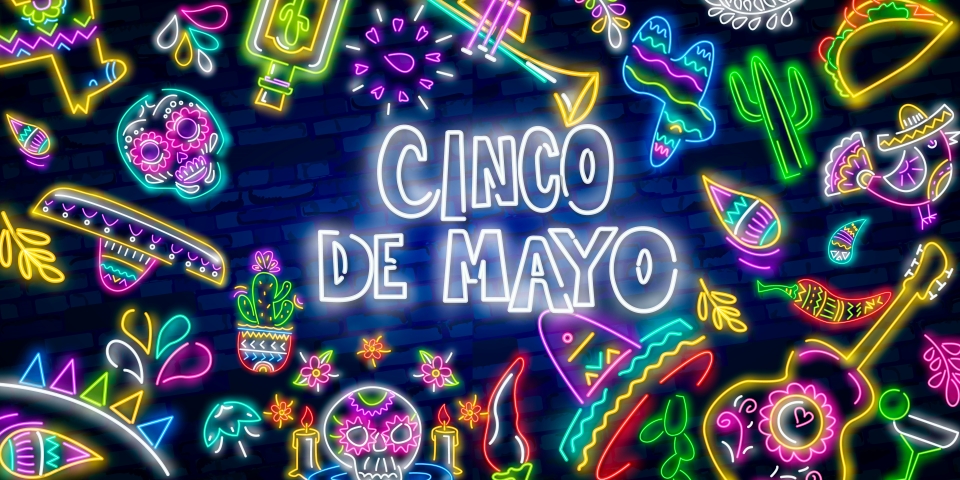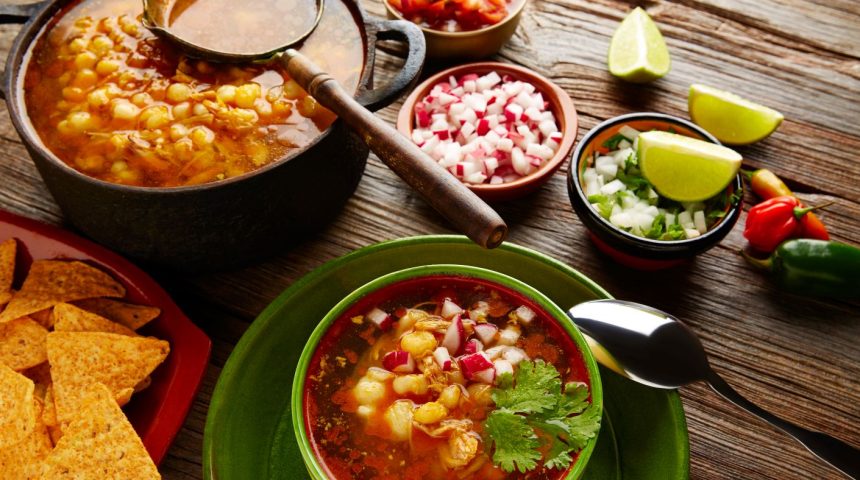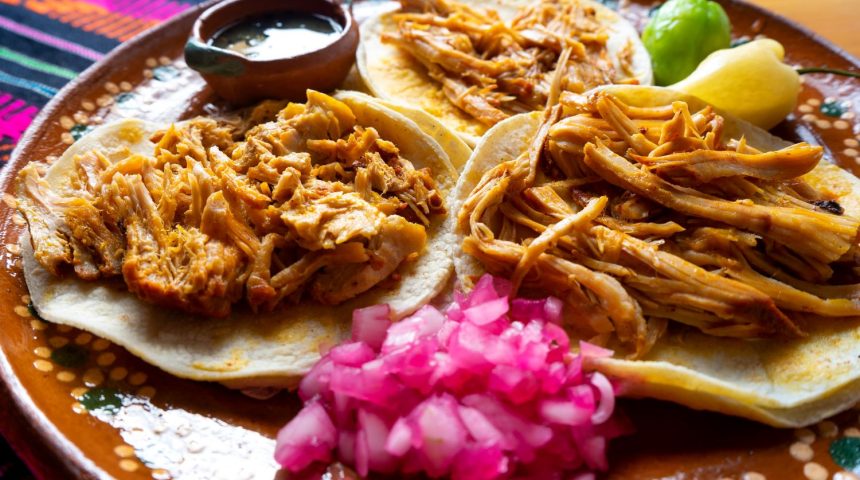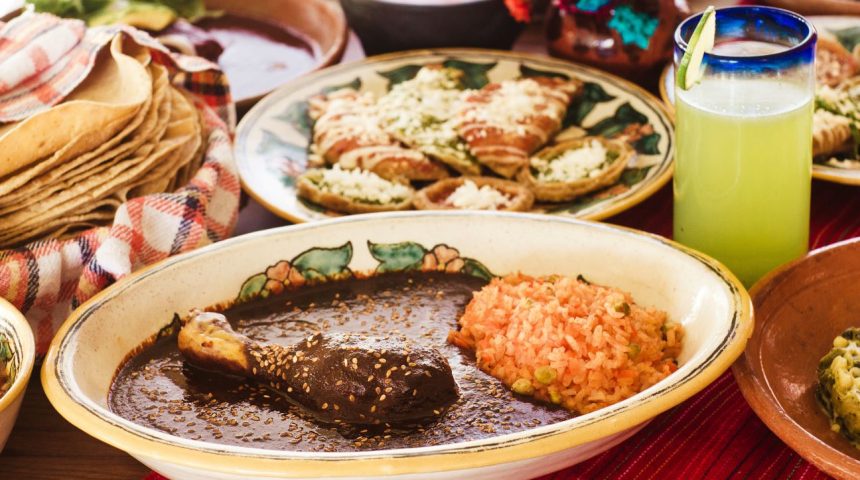Cinco de Mayo, often referred to as the Fifth of May, is a vibrant and widely recognized festivity that has gained popularity around the world. While the celebration holds deep historical roots in Mexico, it is intriguing to note that it is more ardently commemorated outside of Mexico than within the country itself. In this article, we explore the significance of Cinco de Mayo, shed light on its historical context, and delve into the reasons behind its global appeal.
Historical Significance:
Cinco de Mayo commemorates the Battle of Puebla, a significant event in Mexican history. On May 5, 1862, a relatively small Mexican army successfully defended the city of Puebla against the powerful French forces, despite being heavily outnumbered and outgunned. The victory at the Battle of Puebla is considered a symbol of Mexican resilience, unity, and patriotism in the face of adversity.
Celebrations Outside of Mexico:
Interestingly, Cinco de Mayo has gained immense popularity outside of Mexico, particularly in the United States. The celebration has become synonymous with Mexican culture, inspiring vibrant parades, festivals, and gatherings. Several factors contribute to its global appeal:
1. Cultural Pride and Diversity:
Cinco de Mayo serves as an occasion to celebrate and appreciate Mexican culture, fostering a sense of cultural pride among individuals of Mexican heritage. It allows communities to showcase their rich traditions, including traditional music, dance, cuisine, and vibrant costumes. The celebration acts as a unifying force, bringing people together to embrace diversity and promote cultural understanding.
2. Mexican-American Influence:
In the United States, where there is a significant Mexican-American population, Cinco de Mayo has evolved into an occasion to honor their heritage. It has become an opportunity to educate others about Mexican history, customs, and contributions. Moreover, the celebration has been embraced by various communities as a festive and inclusive way to enjoy Mexican cuisine and entertainment.
3. Marketing and Commercialization:
The global popularity of Cinco de Mayo can be partly attributed to commercialization and marketing efforts. Businesses, especially those in the food and beverage industry, have capitalized on the festive spirit by promoting Mexican-inspired products and hosting themed events. As a result, Cinco de Mayo has become a widely recognized and celebrated holiday, transcending cultural boundaries.
Cinco de Mayo in Mexico:
Contrary to its global appeal, Cinco de Mayo is not widely celebrated as a national holiday in Mexico. While the victory at the Battle of Puebla holds historical significance, it is not considered a major event in Mexico’s calendar. Instead, the holiday of Mexican Independence Day on September 16 takes precedence in terms of national pride and celebration.
In Mexico, Cinco de Mayo is primarily observed in the state of Puebla, where the historic battle took place. Local festivities involve parades, reenactments, and cultural events, emphasizing the significance of the battle for the people of Puebla. However, it is not a nationwide celebration on the scale that is witnessed outside of Mexico.
Conclusion:
Cinco de Mayo stands as a testament to the resilience and spirit of the Mexican people, commemorating a historic battle that symbolizes unity and patriotism. While its popularity has soared on an international level, particularly in the United States, it remains less prominent within Mexico itself. Regardless of its differing levels of celebration, Cinco de Mayo offers a platform to honor Mexican culture, foster cultural pride, and promote cross-cultural understanding. As the festivities continue to captivate global attention, it is essential to remember the historical context and significance that underpin this vibrant celebration.





